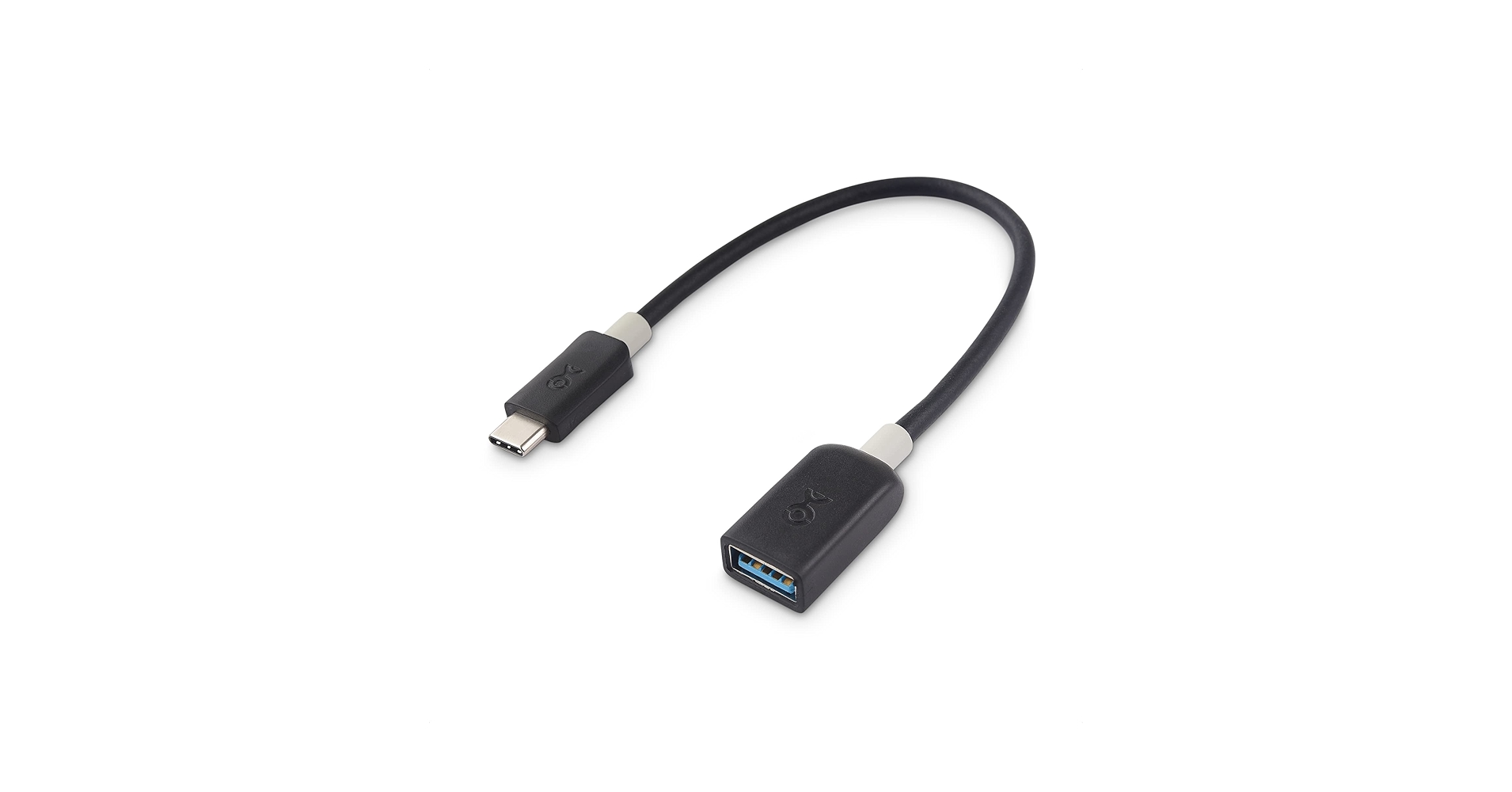"Fisherman, have you connected it to a post 2016 laptop via standard Apple adaptors? If so, that would put that question to rest."
I don't have access to a MacBook Pro later than my 2015 which has only USB3 "a" ports.
For my regular Mac, I have a 2018 Mini which has both USB3 "a" ports and USBc ports.
The 2018 Mini is using 10.14.6 (Mojave). But the ZIP100 works with 11.x Big Sur as well.
I tried it with 2 cabling scenarios:
For both, the Zip drive has a USBa (male) to USBb (male) cable (the b end goes to the drive itself).
My ZIP has it's own power supply. I do not rely on "USB bus power" (which I suspect won't work at all with the ZIP).
FIRST scenario:
I plug the ZIP USBa connector into a USBa (Mini) to USBa (female) "extension" cable.
SECOND scenario (which I tried for the first time a minute ago):
I plug the ZIP USBa connector into a USBc (Mini) to USBa (female) "adapter" cable, like this one:

Plugged in, WITHOUT a ZIP100 disk inserted, I can open System Information and see:
USB3.1 Bus
-- USB Zip 100
Put a ZIP100 disk into the drive, and it mounts on the desktop in the finder.
To address possible issues when connecting to a 2016-later MacBook Pro...
I'm wondering if the Apple "adapter" itself could be causing the problems?
Has the person tried a "NON-Apple" adapter, such as one like which I've linked to above?
When plugged in, does the ZIP "show up" in System Information?
I had been wondering if there is some kind of "driver kext" (or something along that line) still included in the Mac OS that permits the ZIP to be "seen" by the Mac. I've tried searching for it, using "ZIP", "iomega", "ZIP100", but can find nothing.
My totally-uneducated guess is that "firmware" has nothing to do with this.
What -might- have something to do with it is "system integrity protection" and the "startup security" utility on T-chip equipped Macs.
I ALWAYS disable SIP on all my Macs, and I ALWAYS disable "startup security" to the fullest extent possible. But that's just "my way".
It's possible that the 2016-later MBP's use a different USB controller than does the 2018 Mini. Perhaps the problem could be located there.
I don't have access to a MacBook Pro later than my 2015 which has only USB3 "a" ports.
For my regular Mac, I have a 2018 Mini which has both USB3 "a" ports and USBc ports.
The 2018 Mini is using 10.14.6 (Mojave). But the ZIP100 works with 11.x Big Sur as well.
I tried it with 2 cabling scenarios:
For both, the Zip drive has a USBa (male) to USBb (male) cable (the b end goes to the drive itself).
My ZIP has it's own power supply. I do not rely on "USB bus power" (which I suspect won't work at all with the ZIP).
FIRST scenario:
I plug the ZIP USBa connector into a USBa (Mini) to USBa (female) "extension" cable.
SECOND scenario (which I tried for the first time a minute ago):
I plug the ZIP USBa connector into a USBc (Mini) to USBa (female) "adapter" cable, like this one:

Cable Matters 5Gbps USB C to USB 3.0 Adapter - 6 Inches, USBC Male to USBA Female OTG Adapter, Black
The Cable Matters USB 3.1 Type-C to Type-A adapter provides a convenient connection between the newest devices with USB Type-C and legacy USB peripherals with Type A. It adapts the Type-C port on a computer to connect all legacy equipment, peripherals, cables, hubs and chargers that ...
www.amazon.com
Plugged in, WITHOUT a ZIP100 disk inserted, I can open System Information and see:
USB3.1 Bus
-- USB Zip 100
Put a ZIP100 disk into the drive, and it mounts on the desktop in the finder.
To address possible issues when connecting to a 2016-later MacBook Pro...
I'm wondering if the Apple "adapter" itself could be causing the problems?
Has the person tried a "NON-Apple" adapter, such as one like which I've linked to above?
When plugged in, does the ZIP "show up" in System Information?
I had been wondering if there is some kind of "driver kext" (or something along that line) still included in the Mac OS that permits the ZIP to be "seen" by the Mac. I've tried searching for it, using "ZIP", "iomega", "ZIP100", but can find nothing.
My totally-uneducated guess is that "firmware" has nothing to do with this.
What -might- have something to do with it is "system integrity protection" and the "startup security" utility on T-chip equipped Macs.
I ALWAYS disable SIP on all my Macs, and I ALWAYS disable "startup security" to the fullest extent possible. But that's just "my way".
It's possible that the 2016-later MBP's use a different USB controller than does the 2018 Mini. Perhaps the problem could be located there.
Last edited:
As an Amazon Associate, MacRumors earns a commission from qualifying purchases made through links in this post.


